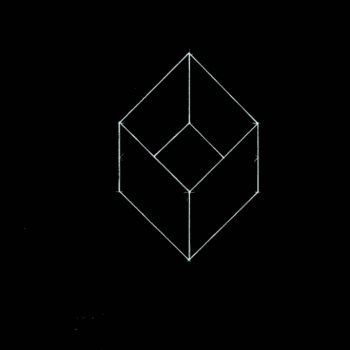How do you solve #|\frac { 7x - 3} { 5} | = 3#?
1 Answer
Explanation:
Absolute value problems can be confusing. Some teachers say "they make numbers positive," but that's only partially correct. Absolute value functions measure distance. That means, if you stand at point
Let's make two equations right now:
We need to solve for two possibilities, one where the function is negative and one where it's negative:
Positive
Negative
Now we need to solve both of these:
multiply by
add
divide by
Now for the other one:
multiply by
multiply by
add
divide by
Those are our solutions.
Just to check, let's graph our equation and see if our roots match:
graph{abs((7x-3)/5)-3}
Those are the decimal approximation of our fractions! We're right

